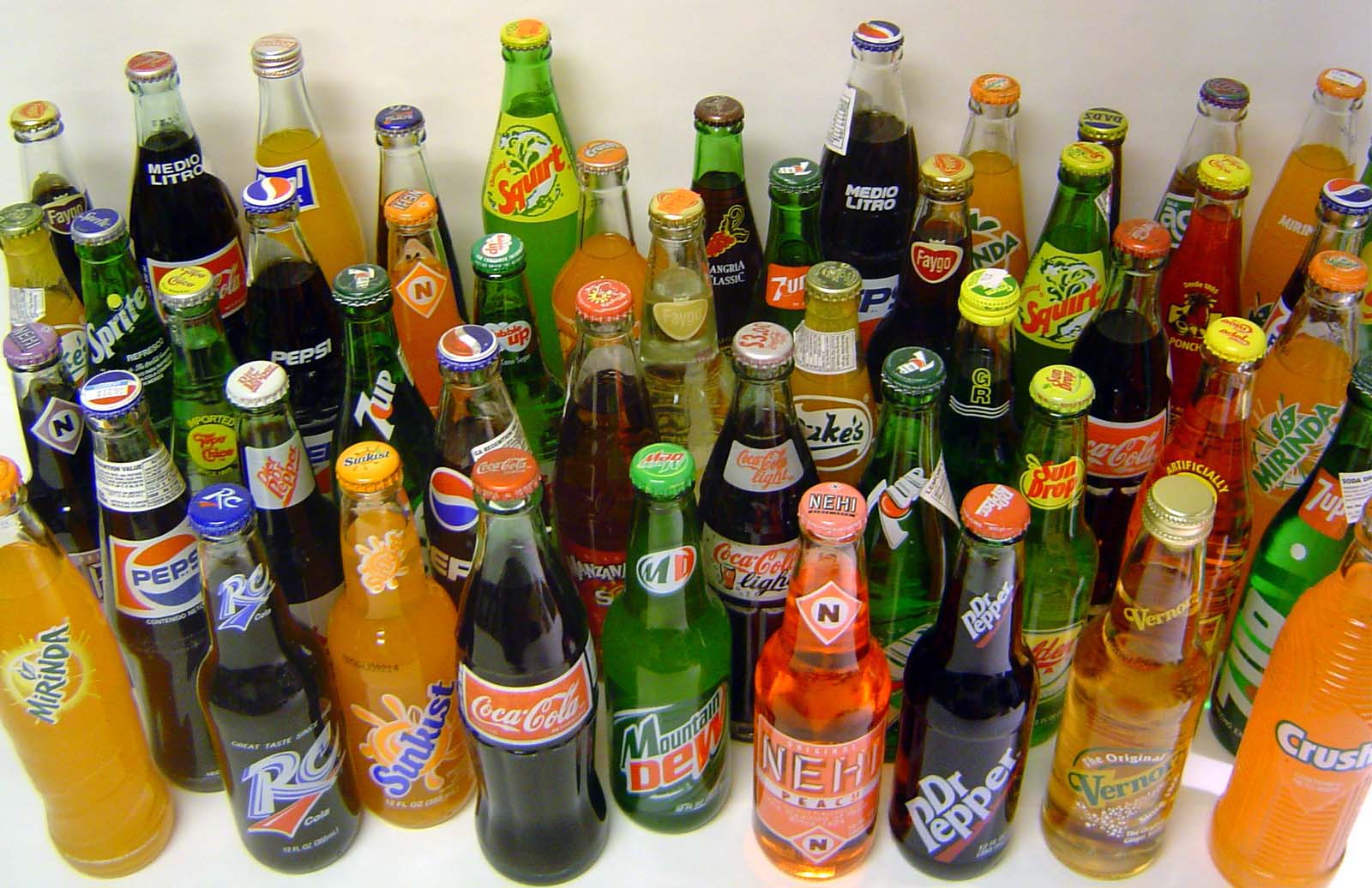The Fundamentals of Good Nutrition
 1. Single Food Alone Can Meet Your Child's Entire Nutritional Needs
1. Single Food Alone Can Meet Your Child's Entire Nutritional Needs
Your child's body has multiple needs and requires a host of nutrients. the types and amounts of nutrients differ from food to food, so, they need variety in their diet.
2. Your Child's Nutritional Needs Change As They Grow
As your child grow, they will need to consume more food than before. they are growing taller and bigger and that's why they are eating more. the types and amounts of nutrients they need also increase. It's therefore important that their food intake is regular and in the correct amount.
3. Your Child Needs Balance
4. Feed Your Child In Moderation
Too little or too much nutrition can cause health problems. A simple, healthy approach is to teach your child to eat in moderation from young. as their nutritional increase, their food intake will also go up, so it's important that they develops healthy eating habits like having regular meals, not skipping meals and not overeating.
5. Keep Tabs On Your Child's Growth And Nutrition
Your child's dietary requirements will be increasingly met outside, and not only at home. It is therefore important to monitor what they are eating on a regular basis. You will know if their nutrient intake is appropriate by monitoring her growth in terms of height and weight from time to time.
 Yellow/Orange : Fruits and veggies of these colours are packed with carotenoids. Juice or mash them to strengthen your body against infections and give bright eyes.
Yellow/Orange : Fruits and veggies of these colours are packed with carotenoids. Juice or mash them to strengthen your body against infections and give bright eyes.
 Green : Do not be fooled by green fruits and veggies! They also contain carotenoids, but the presence of these phytochemicals is marked by chlorophyll, a green-coloured pigment.
Green : Do not be fooled by green fruits and veggies! They also contain carotenoids, but the presence of these phytochemicals is marked by chlorophyll, a green-coloured pigment.
--------------------
Essential Energy
Every cell in our body actually needs energy to function well, so, foods with carbohydrates are the source of energy preferred by the body. The body will breaks down the carbohydrates to glucose, which is then uses to fuel all bodily functions and provide the body with energy.
GLUCOSE ---- The only type of energy used by the brain
Charge Up Your Child With These Energy-Rich Foods!
Rice : The staple part of the diet. there are lots of vitamins and minerals in the outer layer of this grain, which is removed when rice is polished. So don't just settle for white or polished rice. Feed your child nutritious brown rice instead!
Bread : Bread is not only great for breakfast, but it's also excellent for lunch or as a healthy snack.
Biscuits : Teach your child to like plain, high-fibre biscuits.
Tubers : Potatoes and sweet potatoes are a good alternative to rice. Potato chips and French fries, however, should only be provided as an occasional treat.
Breakfast Cereals : Most breakfast cereals are enriched with vitamins and minerals. If your child's favourite cereal has too much sugar,mix it with an unsweetened variety. Plain cereals can be jazzed up with fruits for added flavour.
Pasta/Noodles : To give a pasta or noodles a boost, add fish, egg, meat or generous helpings of veggies so your child enjoys a nutritious, all-in-one meal.
FACT! The body needs fibre, an indigestible carbohydrate, to keep digestive systems functioning healthily. Adequate fibre helps promote regular bowel movement and prevent constipation as well as many other common digestive problems. Whole-meal or unprocessed carbohydrate-rich foods provide healthful fibre. It is recommended that you give your child a mix of unpolished rice and polished rice, whole-meal and white bread and whole grain with ordinary breakfast cereals. It's also a good idea to let them eat potatoes and sweet potatoes that have the skin intact.
--------------------
Colourful Goodness
Vitamins, minerals, fibre and healthful substances called as phytochemicals are come from fruits and vegetables. Phytochemicals are comprises carotenoids, flavonoids and phenolic acids. Many phytochemicals are antioxidants, which are believed to fight certain diseases. These phytochemicals are also give different fruits and veggies different colours.
Colour Your Child's Health With These Fruits and Veggies!
 Yellow/Orange : Fruits and veggies of these colours are packed with carotenoids. Juice or mash them to strengthen your body against infections and give bright eyes.
Yellow/Orange : Fruits and veggies of these colours are packed with carotenoids. Juice or mash them to strengthen your body against infections and give bright eyes.
Blue/Purple : Loaded with anthocyanins and phenolics. Intake of blue/purple fruits and veggies will give a healthy skin for life!

